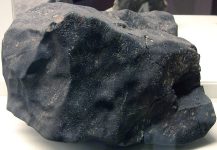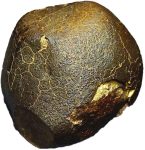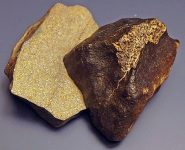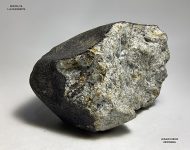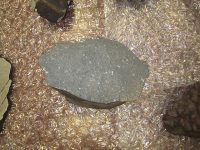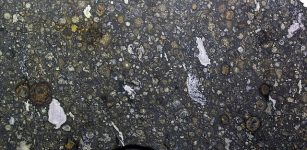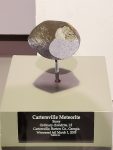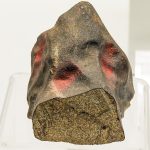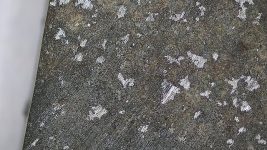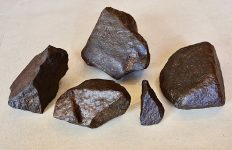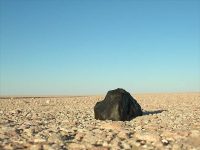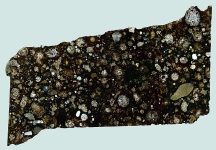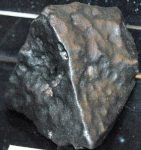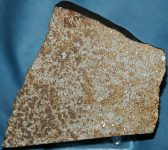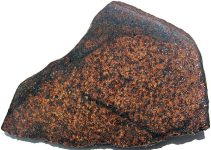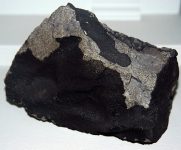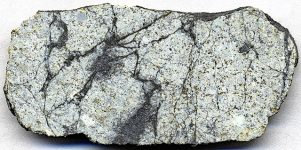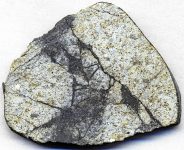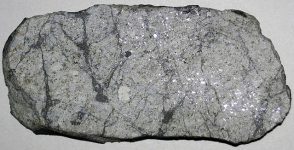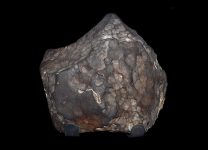Chondrites
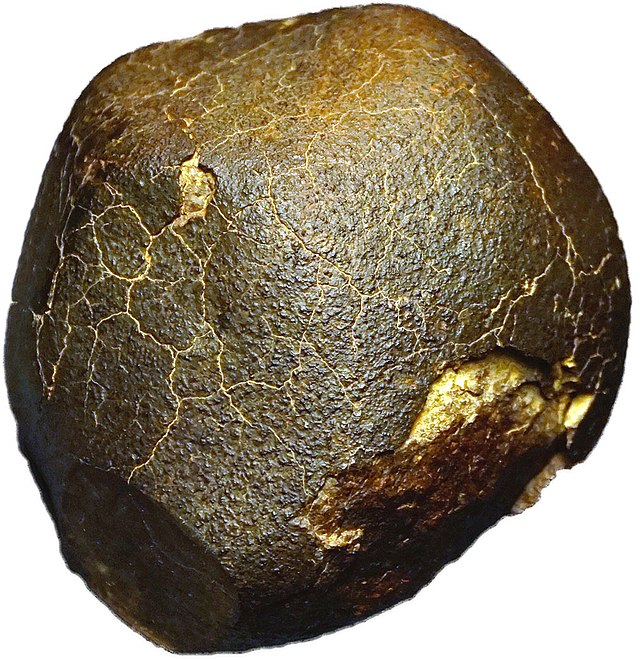
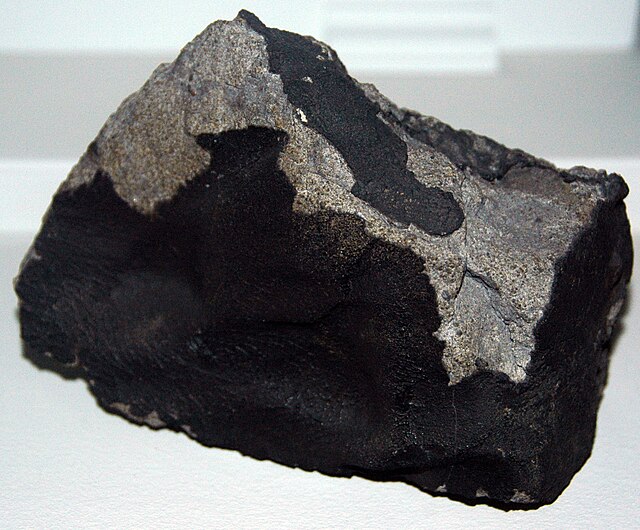
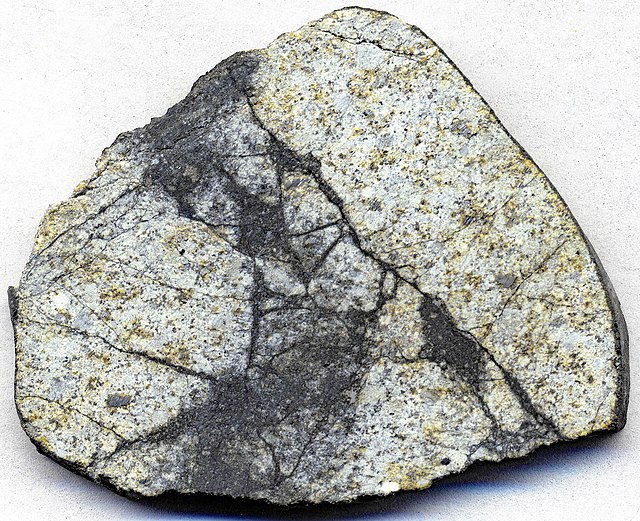
Chondrites
Chondrites are a class of stony meteorites that have not undergone significant alteration or differentiation since their formation. They are among the most primitive and scientifically important materials available for studying the early solar system. Named after the chondrules they contain, these meteorites provide a window into the conditions and processes that existed during the early stages of solar system formation.
Composition and Structure
Chondrites are composed primarily of silicate minerals, metal, and sulfide, with a distinctive presence of chondrules, which are small, round particles of silicate material.
Chondrules
Chondrules are one of the defining features of chondrites. These millimeter-sized spherical inclusions are made up of silicate minerals such as olivine and pyroxene. They formed as molten or partially molten droplets in space before being incorporated into the parent body of the chondrite. Chondrules provide crucial information about the high-temperature processes that occurred in the solar nebula.
Matrix
The matrix in chondrites is the fine-grained material that surrounds the chondrules. It is composed of silicates, metal grains, and sulfides, and often contains presolar grains, which are tiny particles that predate the solar system. The matrix holds valuable information about the low-temperature processes and the original composition of the solar nebula.
Metal and Sulfides
Chondrites typically contain metal and sulfide grains, primarily composed of iron-nickel alloys and iron sulfide (troilite). The presence of these grains helps researchers understand the redox conditions and thermal history of the early solar system.
Carbonaceous Chondrites
Carbonaceous chondrites are rich in volatile elements and organic compounds. They are subdivided into several groups, including CI, CM, CO, CV, and CR chondrites. These meteorites are notable for their high water content and the presence of complex organic molecules, making them crucial for studies on the origin of life.
Ordinary Chondrites
Ordinary chondrites are the most common type of chondrites, accounting for about 80% of all chondrite finds. They are divided into three main groups: H, L, and LL chondrites, based on their iron content. Ordinary chondrites provide a representative sample of the building blocks of rocky planets.
Enstatite Chondrites
Enstatite chondrites are rich in the mineral enstatite and have a high abundance of metal. They are divided into EH and EL groups based on their iron content. These chondrites are thought to have formed under highly reducing conditions and provide insights into the processes that occurred in the inner solar system.
Formation and Origin
Chondrites are considered to be some of the oldest and most primitive materials in the solar system. They formed from the solar nebula about 4.56 billion years ago and have remained largely unaltered since their formation.
Solar Nebula Processes
Chondrites formed through the accretion of dust and gas in the solar nebula. Chondrules and other components were formed by rapid heating events, followed by cooling and aggregation into larger bodies. The exact mechanisms for chondrule formation are still debated, with theories including shock waves, lightning, and nebular heating.
Parent Bodies
The parent bodies of chondrites are primitive asteroids that have not undergone significant melting or differentiation. These bodies preserved the original materials from the solar nebula, providing a record of early solar system conditions. Collisions and fragmentation of these parent bodies resulted in the distribution of chondrite fragments throughout the solar system.
Scientific Significance
Chondrites are of immense scientific importance due to their primitive nature and the information they provide about the early solar system.
Insights into Solar System Formation
The study of chondrites offers crucial insights into the processes and conditions that existed during the formation of the solar system. By analyzing chondrules, matrix, and other components, scientists can reconstruct the thermal, chemical, and physical environments of the early solar nebula.
Organic Molecules and Water
Carbonaceous chondrites, in particular, are rich in organic molecules and water-bearing minerals. These meteorites provide valuable information about the distribution of water and organic compounds in the early solar system, shedding light on the potential for the emergence of life.
Presolar Grains
Chondrites contain presolar grains, which are tiny particles that originated in other star systems before the formation of the solar system. These grains provide a unique opportunity to study the processes of stellar nucleosynthesis and the chemical evolution of the galaxy.
